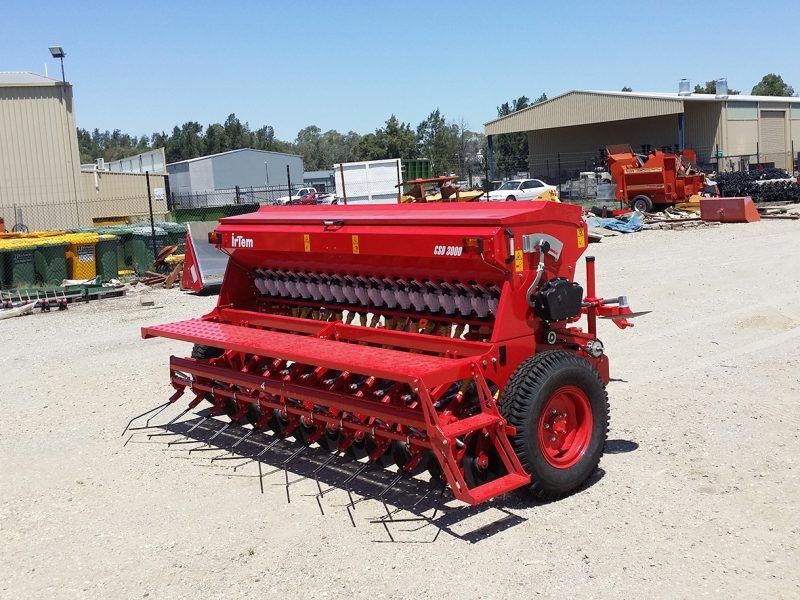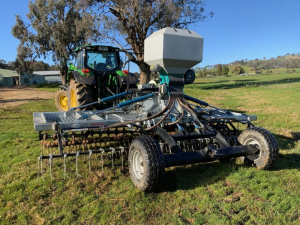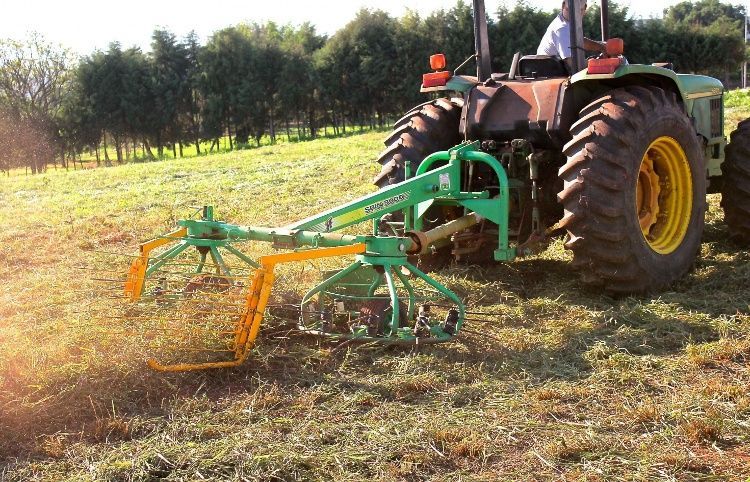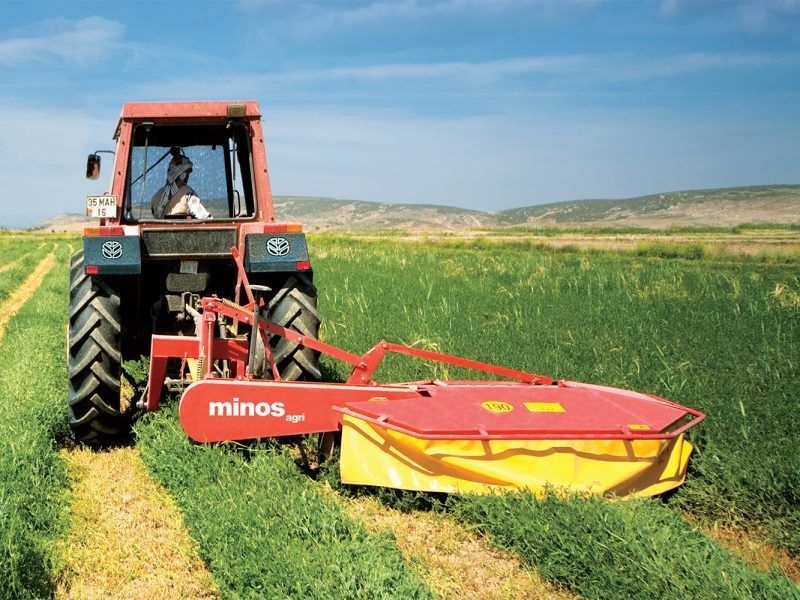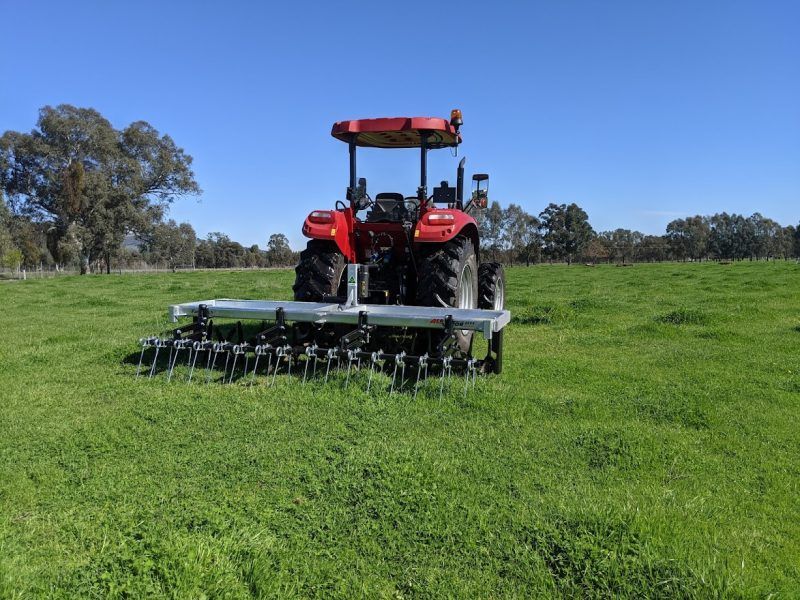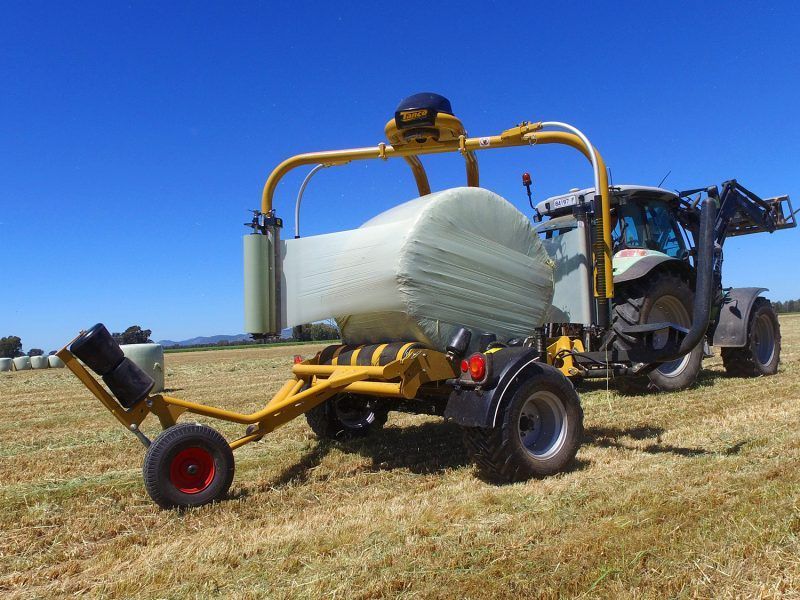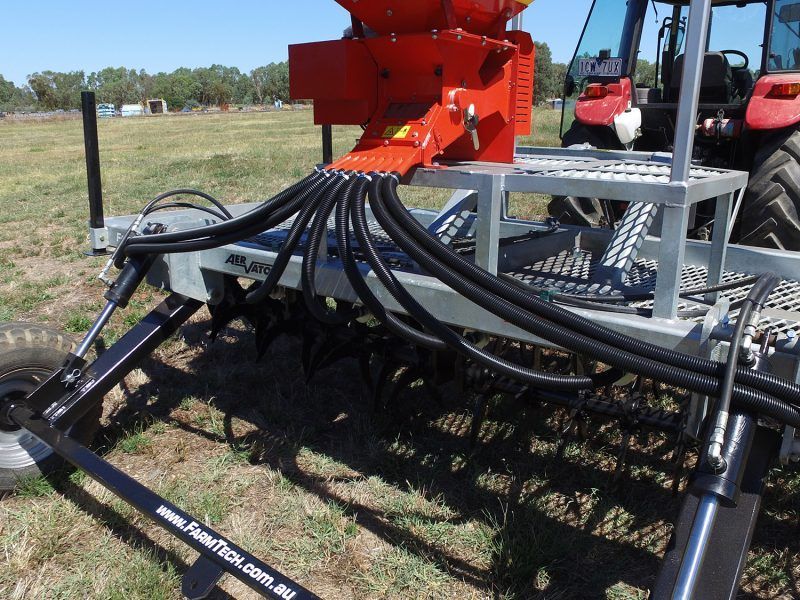Tips For Farmers On How To Effectively Cultivate Soil using Soil Rollers

For effective soil preparation for growing crops, farmers should roll their soil. It finalises the preparation of your soil for sowing. However, the practice of rolling soil is not a widespread tillage practice.
Using a roller conserves your soil’s moisture, improves trafficability and floating of the seeding bar. It also reduced inter-row ridges, improving seed imbibition and germination.
Why roll your soil?
Historically, Land rolling improves germination in alfalfa and grass seed production. However, land rolling has been used in row-crop production systems.
Rolling is done to push the rock back into your soil, reducing the risk of harvest losses, reducing operator fatigue and improving emergence.
Benefits of rolling
Every crop needs deep and well-drained soil for rapid growth. A step in achieving this goal is to use land rollers as a standard practice of tilling your fields with the intention of creating better seedbeds that will prevent any unwanted seeds from washing out during rainstorms.
Land rollers are also an excellent way to reduce the risk of equipment damage and speed up surface residue mineralization. A fist-sized rock can cause significant damage, especially when it comes into contact with cylinders or concaves on combines—a land roller will take care of all those problems for you.
(H3) More benefits of rolling include
- Lets you operate your sprayers and combine harvesters at a faster rate
- Reduces the likelihood of your equipment to breakdown
- Reduces potential harvest losses’
- Improves overall seed germination
- Increases microbial decomposition
Rollers can be classified into five broad categories
These categories are based on width, diameter, weight, material, teeth and alignment. They are all designed to achieve specific results and soil finishes, depending on your soil type.
Types of rollers
Drum Roller – these rollers are the simplest in form. They are smooth, shaped like a cylinder and are hollow so you can add weight to make them heavier. They leave smoother surfaces but have variations where teeth or bars are present to help push rocks back into the soil
Hydraulic cage roller - this roller has a cage-type shape that is hollow in the middle. Its bars can be parallel to the axle or at a slight angle. You can adjust its pressure with the use of hydraulics. They also have a less rigid surface.
Coil packer - these rollers have one coil on an axle. It leaves a herringbone pattern on your soil to control wind and water erosion.
Ring rollers – Ring rollers have rings on a single axle. These ring rollers don’t move independently, but they leave ridges on your soil’s surface to help with erosion control and moisture retention.
Cambridge roller – FarmTech offers 3 varieties of Cambridge rollers. These rollers are in a series of cast rings on a single axle. The rings move independently and leave V-shaped tracks on your soil to aid with wind and water erosion.
Rollers for farmers considering rolling their soil
If you’re considering, or are currently practising rolling your field, Farmtech’s line of rollers is built for Australian farming conditions. Aid moisture retention with tried and tested machines.
If you’re interested in any of our rollers or our other farming machinery, please don’t hesitate to contact Farmtech on (02) 8776 3354.



